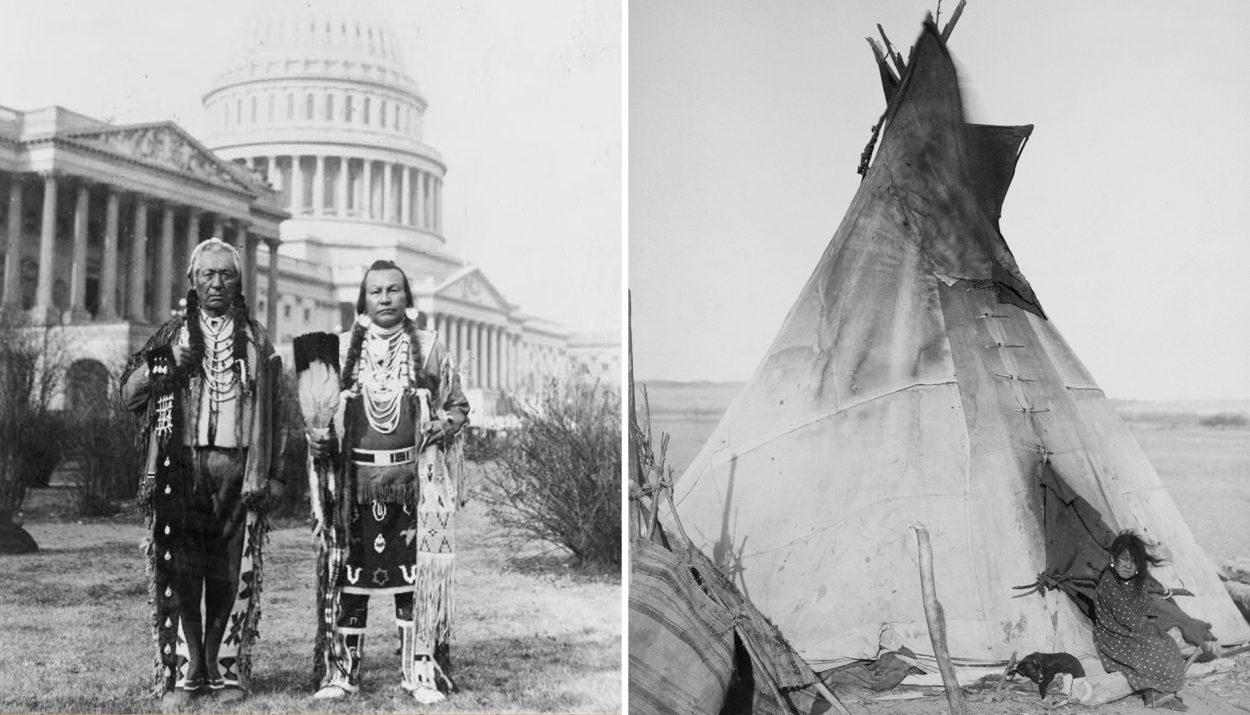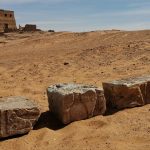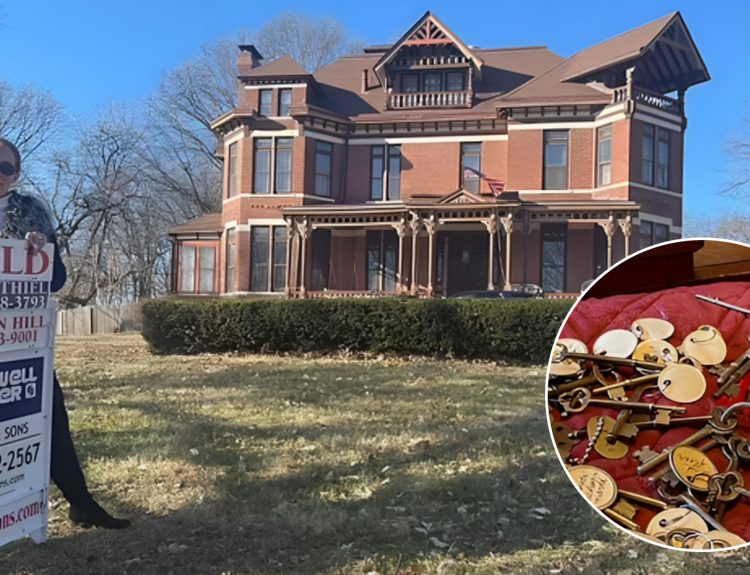You more than likely learned a lot about Native Americans over the years. Most people base their understanding on what they learned in their grade school classrooms or what they saw portrayed on television screens and in movie theaters. Here are 19 different facts about Native Americans that you more than likely did not learn in school – including quite a few misconceptions and myths that many people think are true.
There Is More Than One Native American Culture
A common misconception is that a single Native American culture spread throughout the continent long before the Europeans arrived. The assumption was that Christopher Columbus encountered one group of natives and that all the native “Indians” were from the same group.
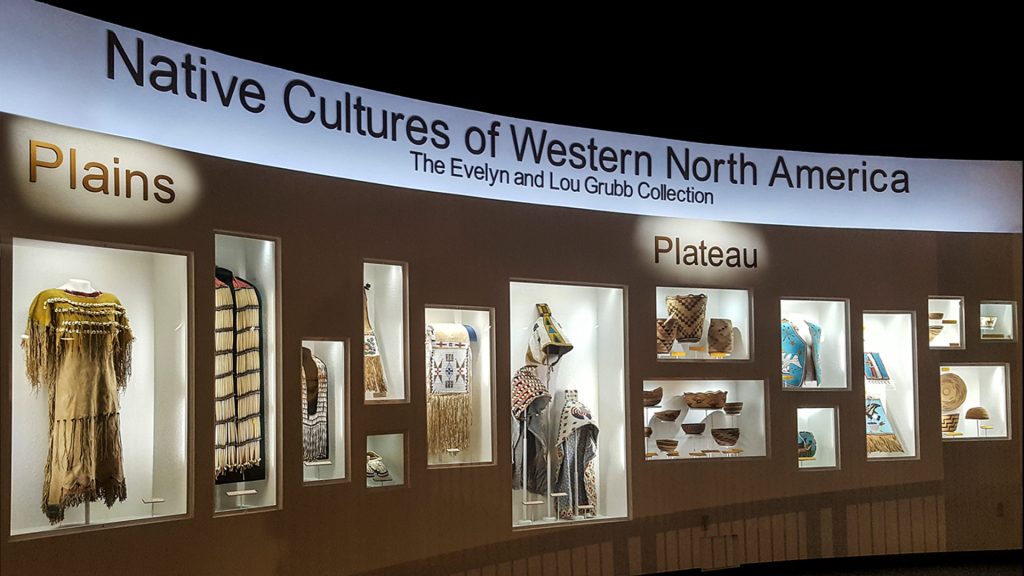
The truth is that there were many different tribes with their own distinct beliefs, languages, tribal identities, religions, and cultures. The U.S. government currently recognizes over 570 different Alaska Native entities and American Indian tribes throughout the country.
“Native American” Is Not The Most Politically Correct Name
There has been an ongoing debate on the topic of politically-correct references to Native Americans. The debate even evolved to a professional NFL team changing its name to avoid offending the Native American community.
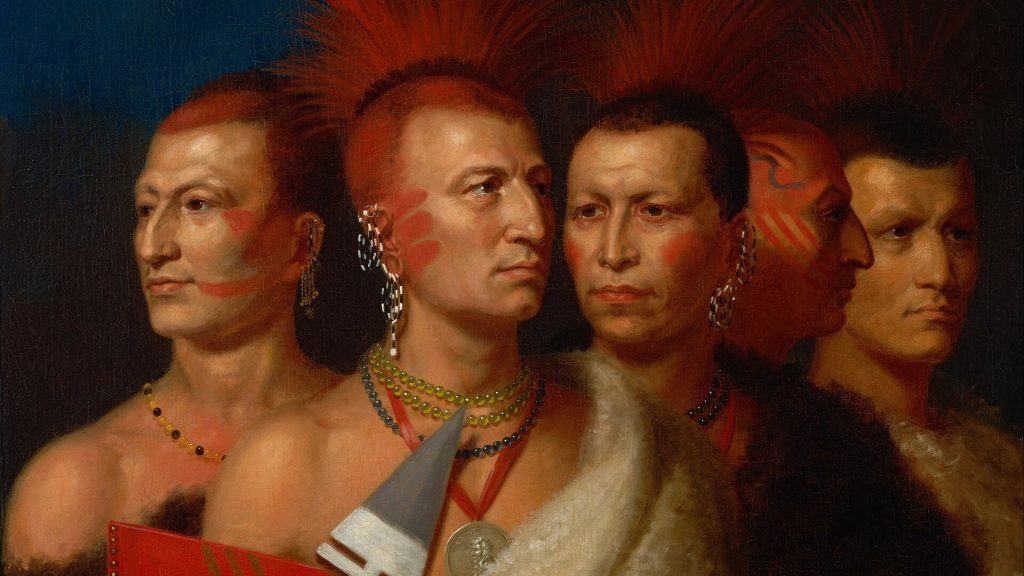
Contrary to popular belief, though, most Native Americans prefer to be recognized by their tribal identities and affiliations instead of “American Indian” or “Native American.” “Native American” should primarily be used as a broad description of the indigenous peoples located within the Americas overall, but not when referring to a specific tribe.
Millions Of Native Americans Lived Here Before Christopher Columbus
The history books claim that Christopher Columbus was the first one to discover American in 1492 when he “sailed the ocean blue.” Contrary to that popular belief, there was already a high number of Native Americans living in various parts of the country long before Columbus arrived.
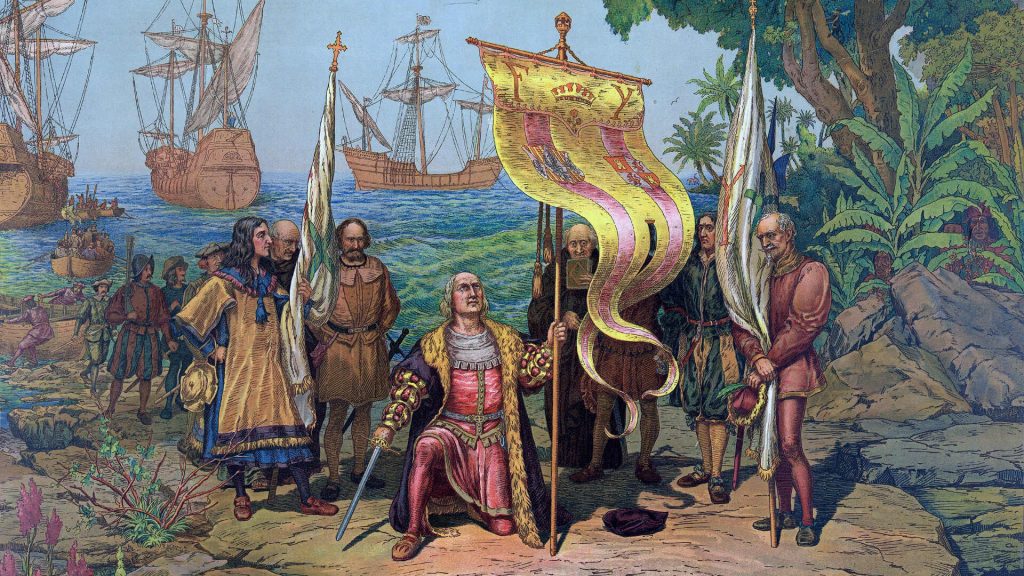
One report claims that there were nearly 50 million indigenous people already referring to the country as their home when Columbus’ boat first pulled onto shore.
‘Spirit Animal’ Remarks Are Culturally Appropriative
It is popular to refer to certain animals as a “spirit animal.” This is typically used in conversations, television show scripts and even certain stage productions. What most people do not realize is that referring to something as your “spirit animal” is viewed as cultural appropriation and can be exceptionally harmful and offensive to Native Americans.
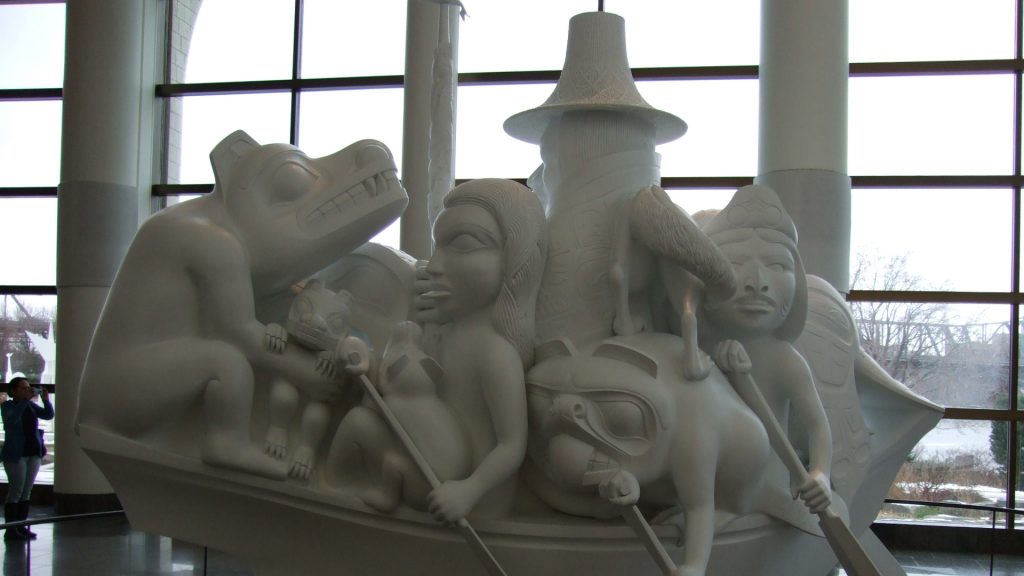
The process of Native Americans being assigned their spirit animals is an intense and personal journey. Therefore, you may want to think twice before using the term passively when conversing with others.
Teepees Are Not The Primary Native American Residence
Another misconception is that most Native Americans live inside of teepees as their primary residences. Teepee living is typically linked to the lives of Plains Indian tribes within the Great Plains region of the United States. These are designed specifically for temporary housing needs of nomadic travelers that relied on hunting buffalo as their livelihoods.

There were several other types of traditional dwellings used by Native Americans – such as wigwams, longhouses, pueblos, Earth lodges and hogans. Understanding the different types of residences used by Native Americans will also allow you to highlight the key differences that exist between various tribes.
Quite A Few English Words Originated From Native American Language
You have likely used quite a few different words that have roots in the Native American culture and language. For instance, the terms “tomahawk”, “moccasin”, “skunk” and “pecan” all derive from the Algonquian language.
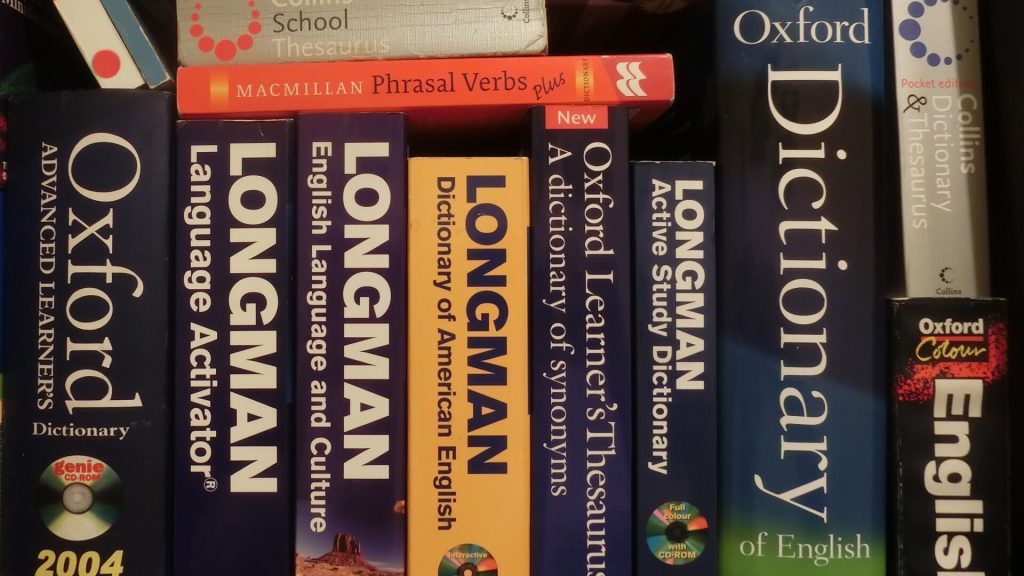
Even the word “tobacco” was first introduced to the English through the indigenous people of the Caribbean. This is just another example of the lasting integration of diverse cultures that most American citizens still do not fully grasp without doing the research for themselves.
“Buffalo Bill” Cody Worked Alongside Native Americans
William Frederick Cody (also referred to as “Buffalo Bill”) did extensive work with Native Americans during his time in the American West. He made a name for himself with his time served as an Army scout, buffalo hunter, and popular traveling show.
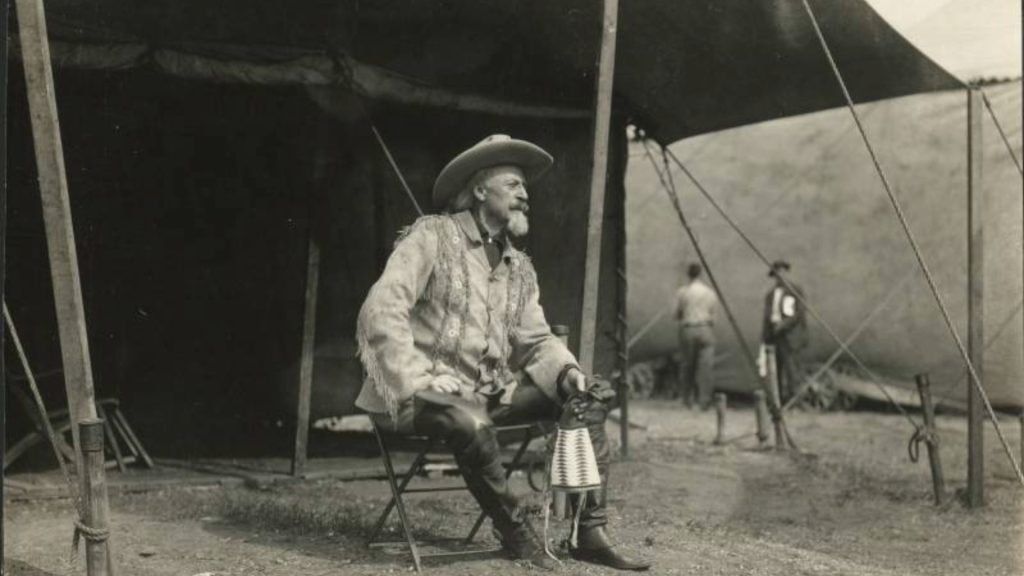
Cody also raised awareness of Native Americans even further when he helped to create Buffalo Bill’s Wild West – a popular traveling show. Quite a few notable Native Americans worked side-by-side with Buffalo Bill Cody – including Cheyenne, Lakota Sioux, and Arapaho.
Totem Poles Represent Family Status, Not Native Gods
When you look at the colorful and intricate details of a well-carved totem pole, it is understandable why people assume these are tributes and altars to their various gods. However, further studies have proven that most totem poles were designed to mark a family line and the privileges held within that family.
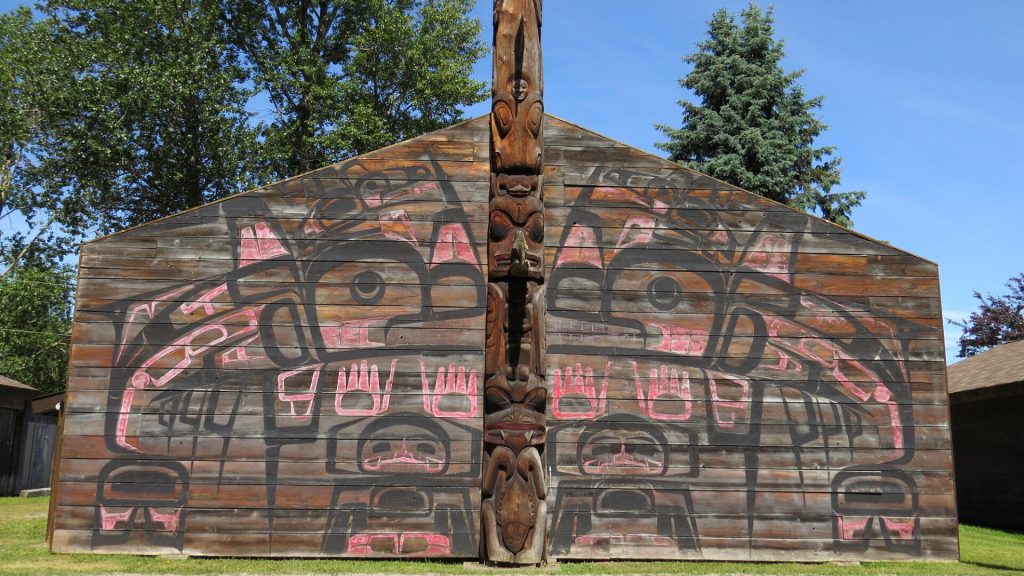
High-quality totem poles were usually created from red cedar and would feature a variety of crest animals (or display beings) within it. The specific method and style used to carve each totem pole depended mainly on the specific culture or tribal identity creating it.
The Iconic Princess Leia Hairstyle Was Inspired By Native Americans
The “cinnamon buns” hairstyle won by actress Carrie Fisher in the original Star Wars movie trilogy is one of the most iconic styles in the history of cinema and cosmetology alike. Multiple reports confirm that one of the biggest sources of inspiration for the style is Hopi women.
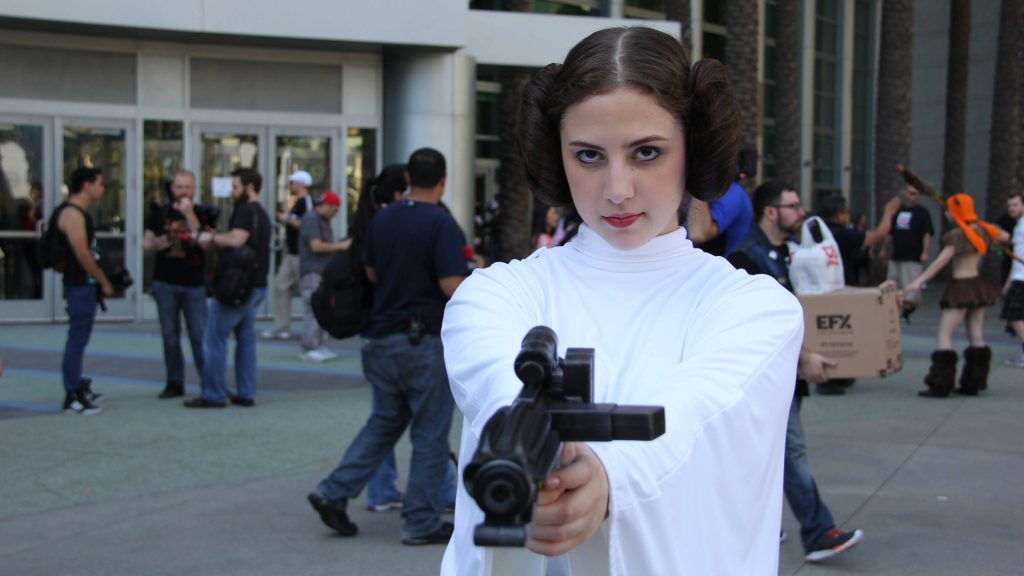
The development of the hairstyle originated with a variety of different sources – including science fiction, artwork, and historical images. The overall look of Princess Leia and her “cinnamon bun” hairstyle was developed by the collaborative efforts of Princess Leia and George Lucas.
The U.S. Constitution Is Not A Duplicate Of The Great Law Of Peace
Another ongoing debate related to Native Americans in the United States is the correlation between the Great Law of Peace (also referred to as the “Iroquois Constitution”) and the United States Constitution. Some argue that the writers of the U.S. Constitution were already familiar with the Great Law of Peace, which is why they believe that the similarities were intentional.
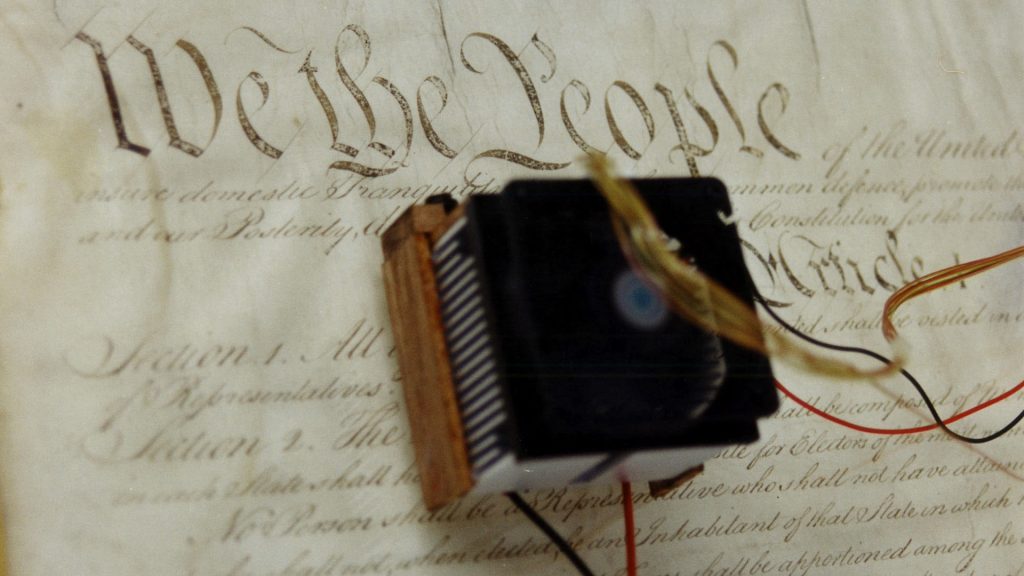
The truth is that the U.S. Constitution is an intricately-detailed document with a plethora of different influences – not just the Iroquois Constitution. These influences include thinkers from the Enlightenment era, European politics as well as English common law.
Maria Tallchief Made History As a Ballerina
Not very many textbooks in grade school classrooms highlight the accolades and accomplishments of Maria Tallchief. Maria made history as a prominent figure within the ballet community – especially after becoming the first Native American female to receive international acclaim.

In addition to achieving the designation of prima ballerina, she was the lead performer in quite a few different ballets. Even after she retired, she did not completely leave the ballet world behind. Tallchief helped to establish the Chicago City Ballet and served for years as the artistic director.
Pocahontas And John Smith Did Not Fall In Love
The belief that there was a romantic relationship between John Smith and Pocahontas makes for a great story and the plot of a popular Disney animated musical. However, there is no historical proof that it was true. The truth is that Pocahontas was nearly 12 years old when she first met 28-year-old John Smith.

Their real-life interactions where few and far in between. Some historians agree that there was a friendship that developed between Pocahontas and John Smith, but that their platonic bond did not go any further than that.
Native Americans Did Not Always Have Horses
Another stereotype is that horseback riding was a major source of transportation for Native Americans long before the European explorers arrived. Further studies have confirmed that was not the case. On the contrary, Native Americans relied on walking and using domesticated dogs to carry loads when traveling.
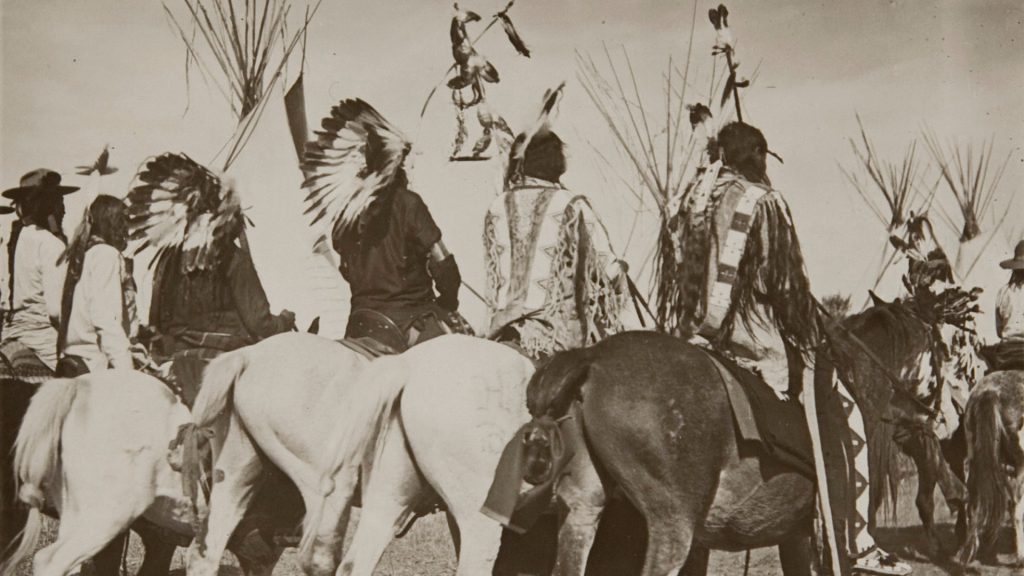
After horses became available, they were able to modify their way of life accordingly – finally able to cover vast areas in a fraction of the time. This also allowed them to become more efficient hunters.
Indigenous People Did Not Become Citizens At The First Thanksgiving
The story of the Pilgrims enjoying what became known as a Thanksgiving meal with the Wampanoag people in the year 1621 makes it seem as if Native Americans became U.S. citizens in the 17th century. Unfortunately, this was not the case. The granting of citizenship was truthfully not even made available to Native Americans until more than 300 years later.
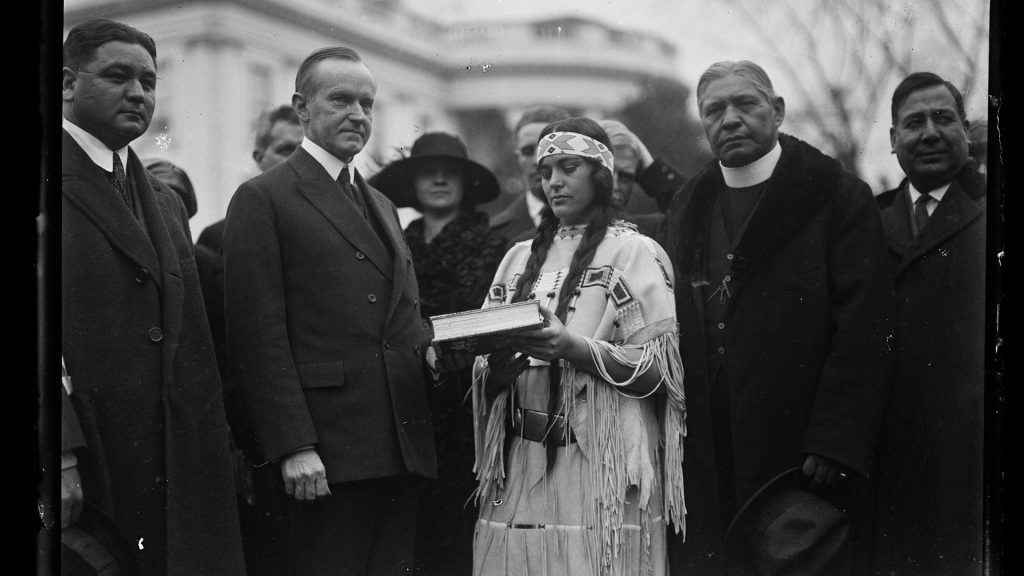
The Indian Citizenship Act of 1924 allowed all Native Americans that were born in the United States to be considered citizens regardless of their specific tribal affiliation. This did not necessarily give them equal rights, but it also did not modify the ability for Native American tribes to remain sovereign nations.
Feathers In Headdresses Are Not Just Fancy Decorations
The aesthetic appeal of colorful flowers in a headdress has been a major highlight and conversation starter for years. However, it is important to note that these accents are not just pretty decorations for Native Americans to wear on their heads. There are deep symbolic meanings associated with them as well.

In addition to representing acts of bravery or various achievements, the feathers selected for a headdress could also symbolize a spiritual connection or even play a significant role at different ceremonies. Each tribe has its own meaning associated with feathers and specific colors. Therefore, it is not a “one size fits all” concept when it comes to headdresses for Native Americans.
Many Popular American Inventions Have Native American Origins
Just because you assume something originated with a specific culture does not mean that is the case. That is yet another reason why research is so important. This is the case with quite a few different American inventions and tools that are used today. It may surprise you just how many of those inventions have Native American roots.
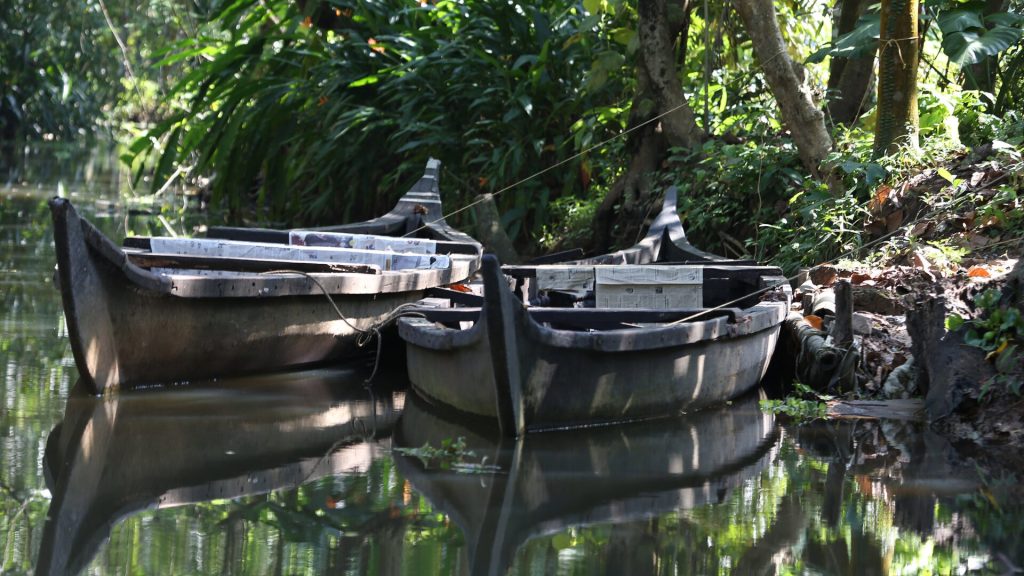
For instance, quite a few pottery-making techniques and tools originated within Native American culture. There is also the development of canoes, moccasins, and snow goggles that connect back to the indigenous peoples.
Native Americans Use Earthen Ovens For Cooking
A vast number of Native Americans rely on earthen ovens for cooking purposes. This is not the traditional method used in most U.S. households, which explains why many people may not even know such a method exists.
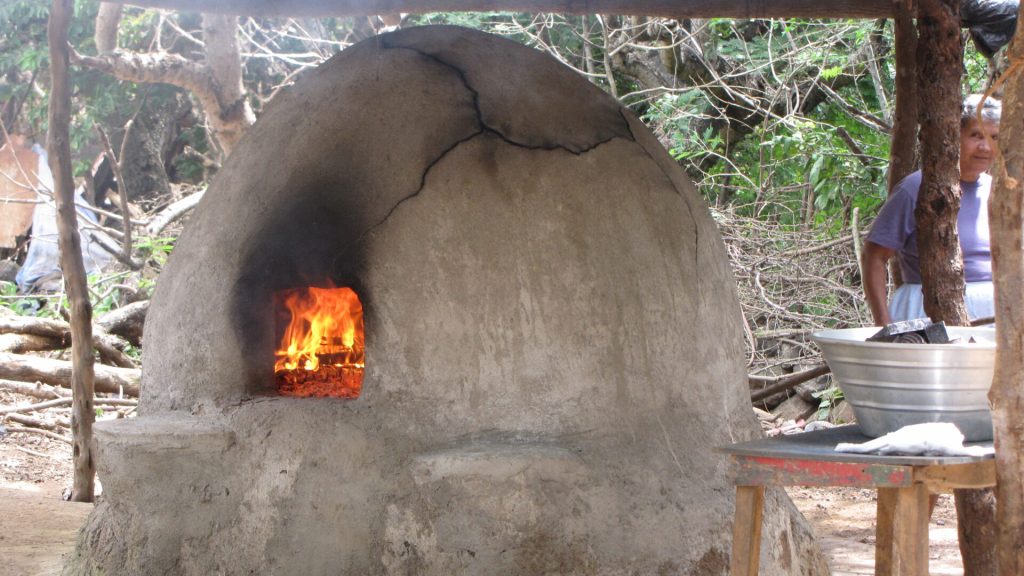
In addition to having a minimal impact on the environment, this cooking method plays a key role in developing cultural awareness and celebrating the diversity of culinary practices used by the different Native American cultures. Using earthen ovens also makes it easier for Native Americans to continue preserving their family traditions generation after generation.
Navajo Men Helped The U.S. Marines In World War II
A little known fact is that hundreds of Navajo men served as soldiers in World War II. More specifically, a group of 29 Navajo men were selected by the Marine Corps leadership for a special assignment that required them to use their unwritten Navajo language to create a special code.

This team, which became known as the “Navajo Code Talkers,” focused on using word association to assign key phrases and military strategies to specific Navajo words. Doing so allowed them to translate 30 minutes of code-breaking machine work within less than 20 seconds. Even long after the war was over, the Navajo Code created by the Code Talkers remained intact.
There Are Many U.S. States With Native American Names
Another interesting fact that most grade school curriculums have is the origin of the state names throughout the United States. Quite a few of those state names have Native American roots or definitions. For instance, “Alaska” comes from the Aleut word “Alakshak” that means “peninsula.”
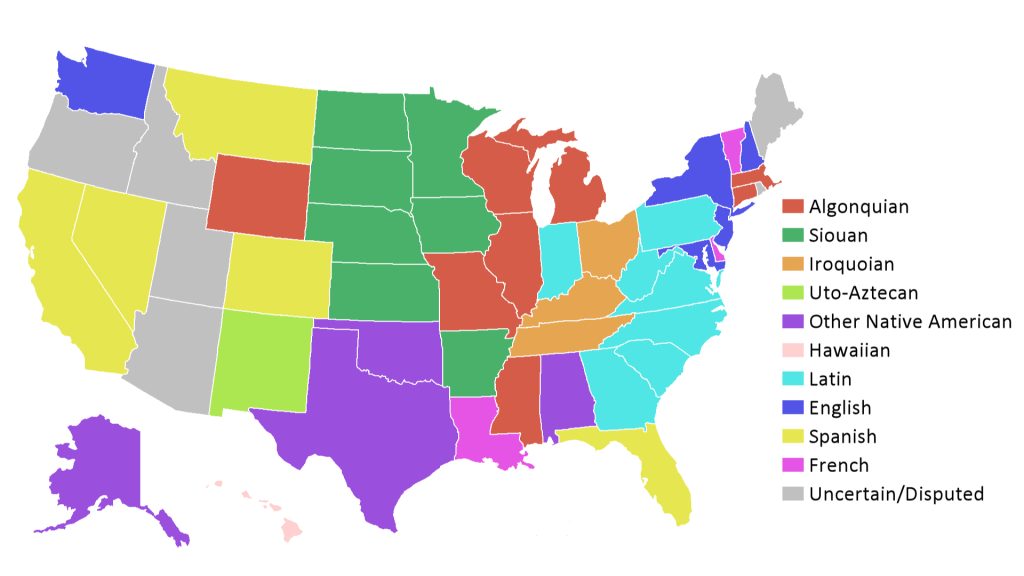
New Mexico was named after the Aztec god Mertili while the state of Ohio comes from the Iroquois word “Oheo” which means “beautiful.” There are many other state names with Native American origins as well – including Hawaii, Connecticut, Michigan, South and North Dakota, and Tennessee.

